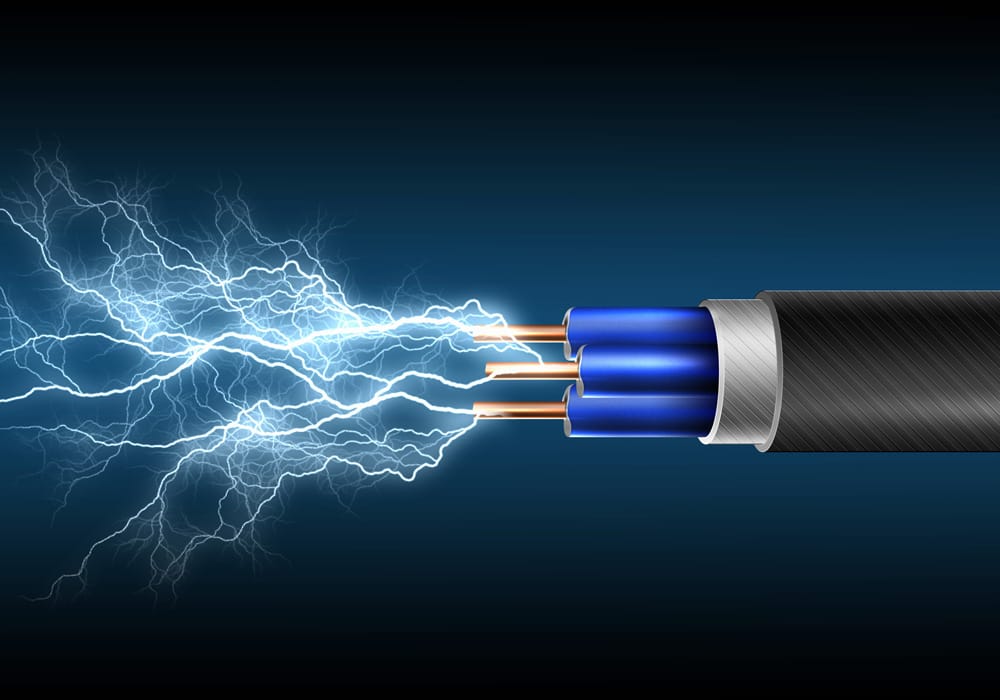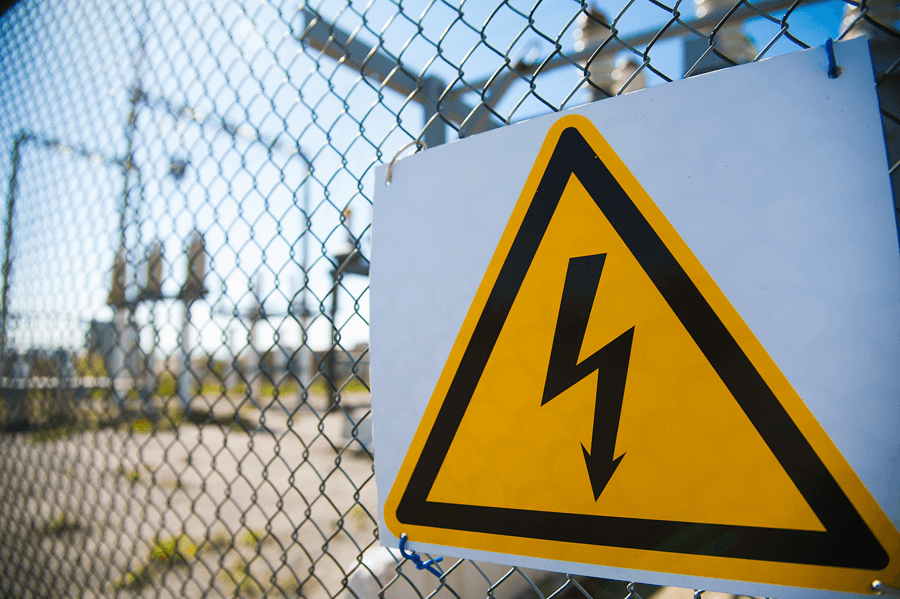The human body is in itself a conductor. It allows electricity to flow through it. Whatever the voltage, electricity is very well known to cause harm and, depending on the volume, even death.
Dynamic electricity refers to the electric current. This type of electricity has the potential to cause harm or death. Without the conductor, the electricity cannot complete its flow, but; conductors can be from liquid surface to pieces of metals.
Most, if not all, of the injuries from electricity, are from electroshock. The human body is a stronger conductor than the earth. When the electricity fails to find a path, it flows through the body when it is somehow an option.


Injuries are categorized into four: burns, falls, shocks, and electrocution. There are numerous ways in which any of the injuries can occur.
Direct contact. There are situations, mostly accidental, where the body is directly exposed to a current through other conductors or bare circuits. The current messes with the signals between the muscles and the brain resulting in muscle spasms, difficulty or stopping of breathing, or heartbeat inconsistencies or failure.
Electrical arcs. The current jumps from an exposed conductor. Commonly, when the person is grounded, he will be subjected to the impacts of electrical arcs.
Thermal burns. The heat generated by the current has the power to create mild to severe burns. These are sometimes generated from electrical arc flashes which can also damage the eyes.
Shocks. Electrical shocks may result in a muscle contraction. When in an elevated position, the shock may result in other injuries or even death.
To avoid direct contact with a current, you should be able to inspect your current sources especially the wirings if there are any exposures. If necessary, arrange the wires and tape them securely to the walls.
Use extension wires with the correct wattage with respect to your source. Also, use the correct size of the fuse for using larger fuse may result in excess current which ends with fire. When the outlets become warm, it is a sign that you may have faulty wiring; unplug everything directly connected to the source and have an electrician check your wiring.
Use ladders made of non-conductive materials. Make sure you know where the circuit breakers and panels are located in the house. Do not allow any exposed electrical wiring remain unfixed.
Be wary around overhead power lines. Always check the recommended distance as they vary depending on the utility company or jurisdiction.
If there is a need for you to be closed to a power line, contact the company responsible for the electrical utility to assist you. Do not enter any marked electrical substation.
In an instance where your vehicle hits a power line, you must not exit your vehicle. Call 911 and wait for the assistance. If you lack training, do not try on the rescue.
If you must exit your car, make sure that your body is not touching the car and the ground at the same time. Exit the vehicle by jumping as far as you can.


To ensure that you do not expose yourself to the hazards electrical power may bring, make sure to remember this basic checklist: